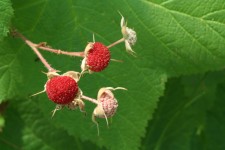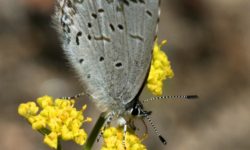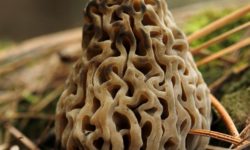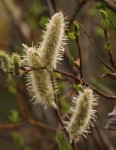Kids love picking flowers from the first dandelion in spring to the last one in fall and everything in between. The bouquets are beautiful. The beauty of flowers is hard to resist except when the plant “bites back”. Plants use everything from thorns to toxins to prevent being picked or eaten.
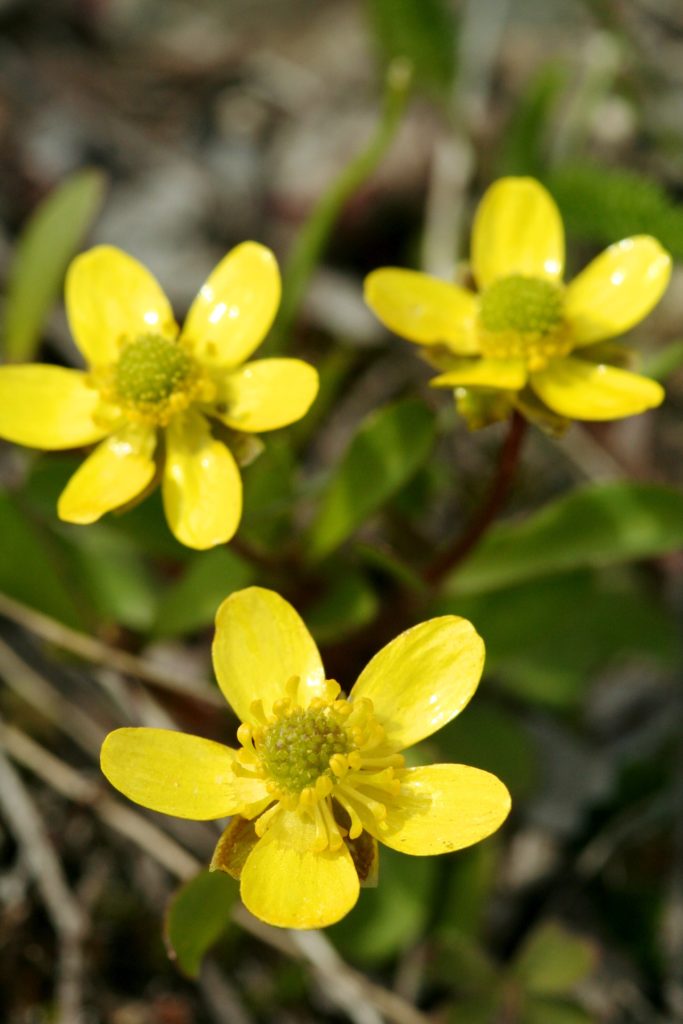
Prickly rose bushes might first come to mind when thinking of thorns. Add hawthorn, thistles and devil’s club to the list of thorny plants. Accidentally grabbing a wild rose stem when climbing a hill isn’t fun. No animal would want those thorns in its mouth either.
Without the ability to move, plants need to defend themselves against insects, animals and people. Not all plants “bite back” but those that do use thorns, hairs or chemicals as weapons.
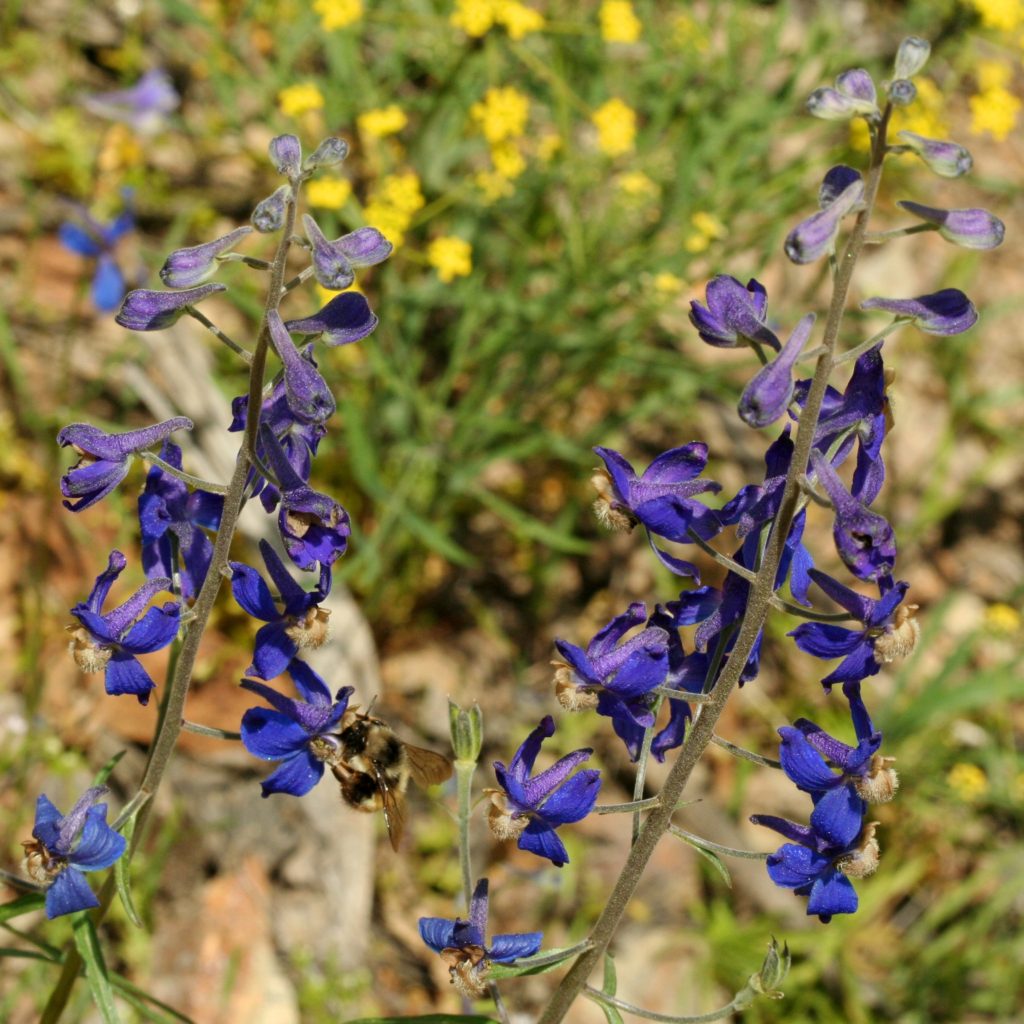
Poisonous plants utilize a special vacuole in their cells to store chemicals so they don’t kill themselves. The vacuole is a special sac that holds poisons and waste products. Sometimes the toxins stay in an inactive state within the vacuole and when an animal bites the leaf the vacuole is broken. Then the toxin reacts with an enzyme in the cell’s cytoplasm to form the active toxin.
For example, cyanogenic glucoside is stored within the vacuole and once the glucose is removed by reacting with another chemical, the cyanide becomes active. Bringing it close to home, all parts of the elderberry plant contain cyanogenic glucoside. Eating raw elderberries can induce vomiting, diarrhea and nausea but cooking the berries deactivates the cyanogenic glycoside and makes them edible.
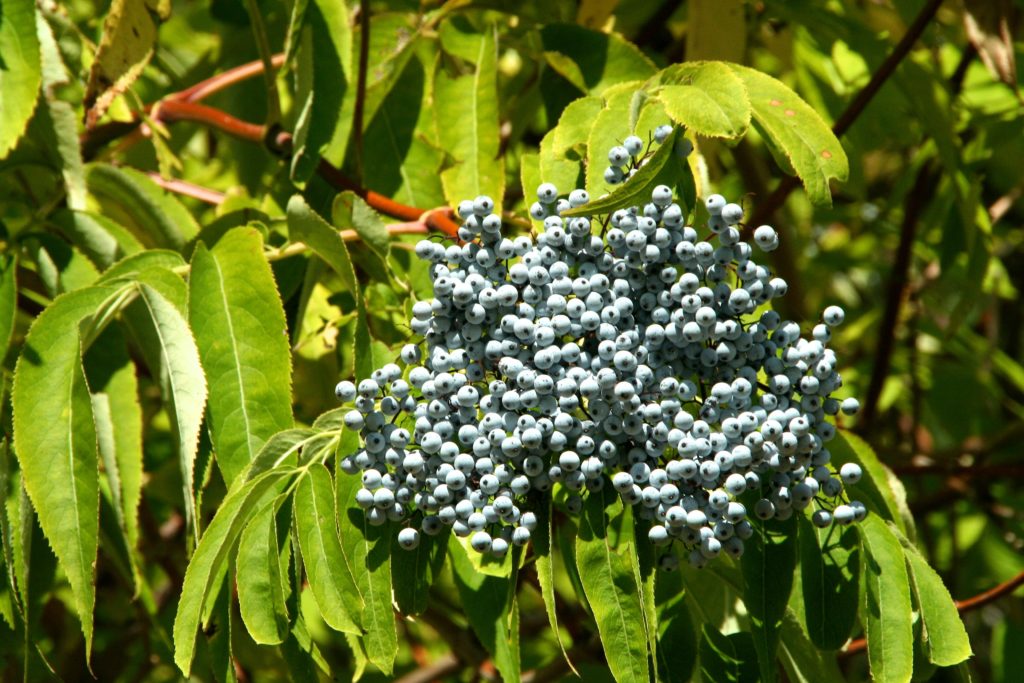
Different species react differently to poisons–people suffer blistering and itching from poison ivy sap but cats and dogs go unharmed. Small bodies, like children, are more affected by smaller amounts. The toxicity of the plant can vary depending on the time of year, the plant part or whether the plant was touched or ingested.
For example, corn lily (Veratrum californicum) is most toxic in the roots and early spring foliage but the entire plant is highly toxic and potentially fatal. Poisoning symptoms include vomiting, burning sensation in the mouth, diarrhea, blurred vision, sweating, hallucinations and general paralysis.
One poisonous plant that surprised me was lupines. The entire plant is poisonous but especially the spring foliage, flowers and fruits. Lupine poisoning in people is rare but fatal to livestock eating large quantities.
Other plants warn you with their name like death camas. Why would anyone pick death camas? Because it can be confused with the edible blue camas if flowers aren’t present. Proper identification is extremely important when harvesting for food especially when similar plants are poisonous. Eat a death camas and symptoms include profuse salivation, burning lips, mouth numbness, thirst, vomiting, diarrhea, coma and death.
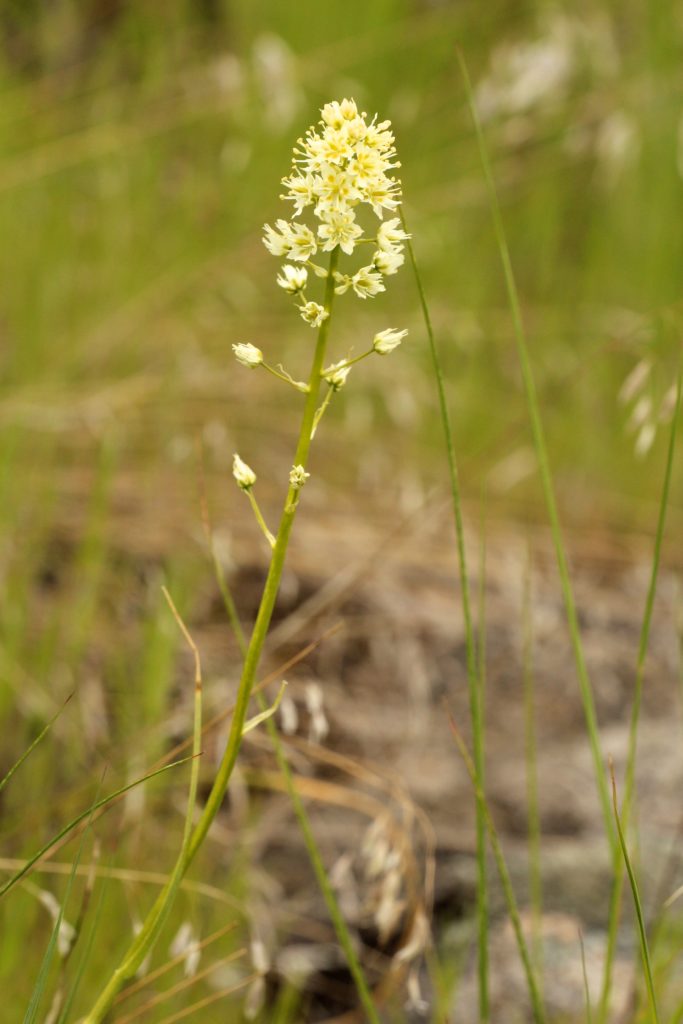
Water hemlock. Seems like a benign name. Don’t even touch it! Water hemlock is the most poisonous plant in North America including Idaho. The yellow juice in the roots is the most toxic but the entire plant is poisonous. Poisoning symptoms occur within 15 minutes to an hour after ingestion and include nausea, excessive salivation, frothing at the mouth, vomiting, violent convulsions and usually death.
The results of picking some of our native plants from stinging nettles that leave a rash to water hemlock that results in death is enough to leave me paranoid on a hike with kids. With young children who love to pick pretty flowers, sometimes pulling up the entire plant and inadvertently squishing the plant (enough to open those vacuoles), knowing which plants are poisonous is vital. I’m still trying to remember which plants are poisonous and the Forest Service has a list on their website to get you started.

